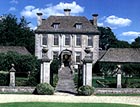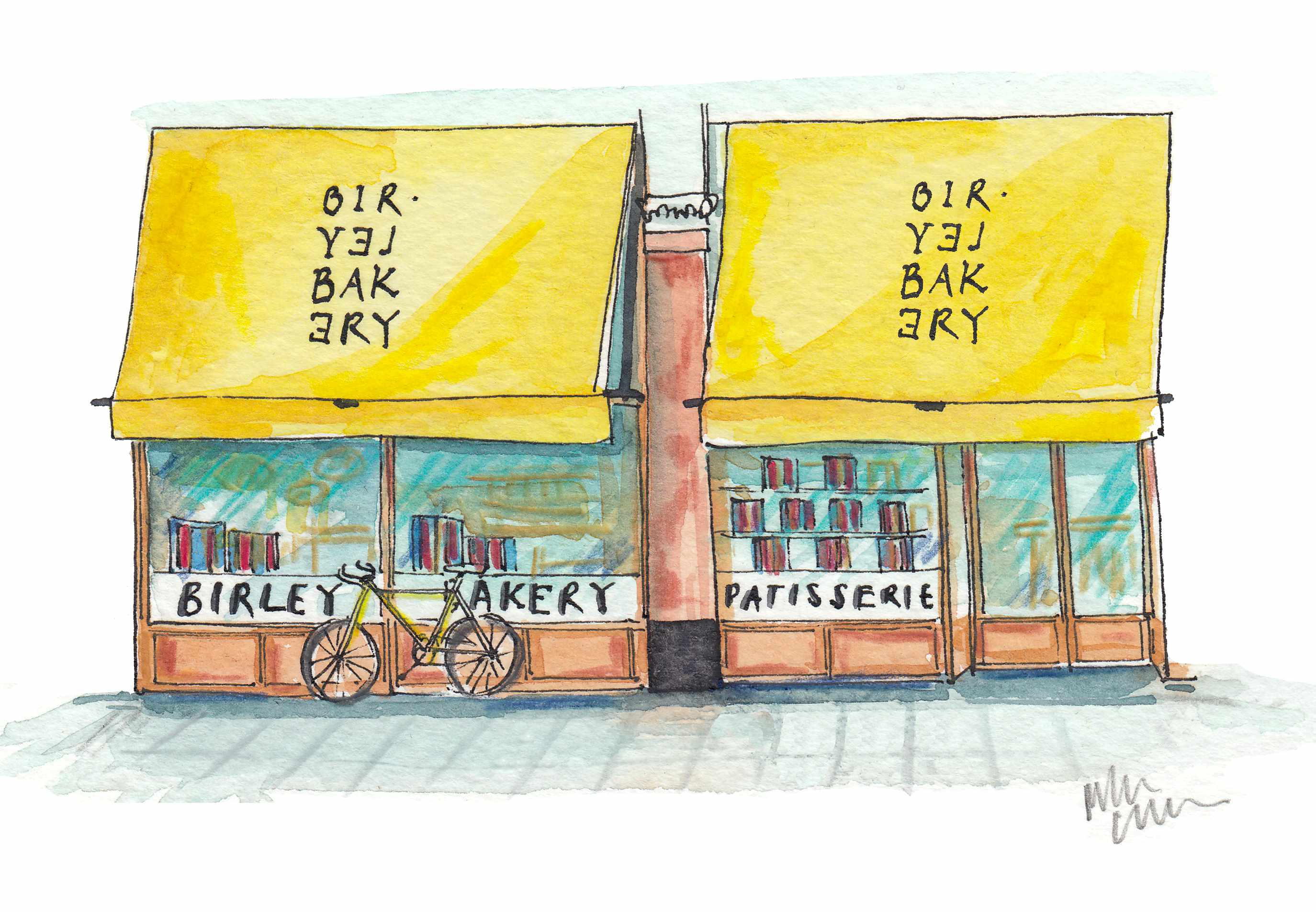Jewel in the Cotswolds Crown
An exquisite and much-cherished royal manor house has just come on the market


Visiting his friend, harpsichordist Violet Gordon Woodhouse, at Nether Lypiatt in 1945, Osbert Sitwell describes the house as being ?the colour of guinea-fowls? plumage, standing at the top of a steep hill near Stroud above the valley of the Severn . . . an old palace in miniature . . . a house filled with sun?though I thought sometimes with the vanished sun of another age.?
Sixty years on, the elegant rooms of one of the Cotswolds? most exquisite manor houses are still filled with sunshine, but also, for now, a touch of nostalgia, as Their Royal Highnesses Prince and Princess Michael of Kent prepare to leave their much-cherished ?Beaufortshire? home of the past 25 years.
In his book The English Manor House (Aurum Press, 1999), Jeremy Musson, architectural editor of Country Life, describes Nether Lypiatt as ?a delightful, square, Classical box of mellow Cotswold stone, built for Chief Justice Coxe at the very beginning of the early 18th century?.
The judge was a man of uncompromising character, who built a house very much in his own image. Legend has it that he sentenced the blacksmith who made the impressive row of ornate iron railings at the front of the house to death for some crime or other, but delayed the execution for two years so that the smith could finish his work.
On the other hand, he erected an obelisk in the garden to his favourite horse, Wag, who lived to the ripe old age of 42. A lot longer, I imagine, than the unfortunate blacksmith, if that tale is true.
In March 24 and April 7, 1923, another Country Life writer, Randal Philips, described the substantial restoration carried out at Nether Lypiatt by the then owner, Corbett Woodall, with the architect Percy Morley Horder, a pupil of George Devey, who also trained Charles Voysey. Having seen the article, Violet Gordon Woodhouse and her husband were so impressed that they bought Nether Lypiatt later that year.
The Woodhouses continued with the renovation of the house and garden, and in 1934, Country Life revisited the house to report their progress.
Sign up for the Country Life Newsletter
Exquisite houses, the beauty of Nature, and how to get the most from your life, straight to your inbox.
In May 19 and May 26, 1934, Christopher Hussey was charmed by ?this singularly beautiful little house? standing high on its ridge 700ft above the sea, with the Severn estuary in the middle distance, and the mountains of Wales sweeping from north to south beyond. With ?fastidious taste?, the Woodhouses had re-created the English dream, filling the house with 18th-century furniture bought in the antiques shops of Bath and the Cotswolds.
They painted and decorated the rooms in imagined 18th-century style, being advised throughout by Norman Wilkinson, a theatre designer from Stratford-upon-Avon, who lived at nearby Painswick.
Many of the restored manor houses featured in Country Life over the years were allied to major new garden layouts, and Nether Lypiatt was no exception, with its ?high yew hedges and stone walls and exquisite dark-toned flowers?. However, its famous gardens were ?in a sorry state?, when the present owners went to view some 25 years ago, and were plied with ?excellent nettle soup? while the story of Judge Coxe?s equine memorial was recounted. Since then, house, garden and stables have taken on a new, colourful, lease of life, with family and guests royally accommodated in the splendid formal rooms, luxurious bedrooms and bathrooms, and generous secondary accommodation.
Structurally, Nether Lypiatt has changed little in 300 years, although successive owners have altered it in subtle, but significant ways. But for all its history and heritage, the house?with its light-filled rooms, modern comforts, equestrian
facilities and 36 acres of gardens, paddocks and woodland?is a supremely warm and welcoming family country home.
Its appeal bridges the gap between ?new? and ?old? money, and the guide price, quoted by Savills (020?7499 8644) as being in ?excess of £6 million?, is unlikely to intimidate determined contenders from either side of the financial divide. As a confident Crispin Holborow points out: ?The Cotswolds remain the most popular destination for country-house buyers, and Nether Lypiatt is one of the jewels in its crown.?
This article was originally published in Country Life magazine, May 26, 2005. To subscribe click here.
Country Life is unlike any other magazine: the only glossy weekly on the newsstand and the only magazine that has been guest-edited by HRH The King not once, but twice. It is a celebration of modern rural life and all its diverse joys and pleasures — that was first published in Queen Victoria's Diamond Jubilee year. Our eclectic mixture of witty and informative content — from the most up-to-date property news and commentary and a coveted glimpse inside some of the UK's best houses and gardens, to gardening, the arts and interior design, written by experts in their field — still cannot be found in print or online, anywhere else.
-
 'That’s the real recipe for creating emotion': Birley Bakery's Vincent Zanardi's consuming passions
'That’s the real recipe for creating emotion': Birley Bakery's Vincent Zanardi's consuming passionsVincent Zanardi reveals the present from his grandfather that he'd never sell and his most memorable meal.
By Rosie Paterson
-
 The Business Class product that spawned a generation of knock-offs: What it’s like to fly in Qatar Airways’ Qsuite cabin
The Business Class product that spawned a generation of knock-offs: What it’s like to fly in Qatar Airways’ Qsuite cabinQatar Airways’ Qsuite cabin has been setting the standard for Business Class travel since it was introduced in 2017.
By Rosie Paterson